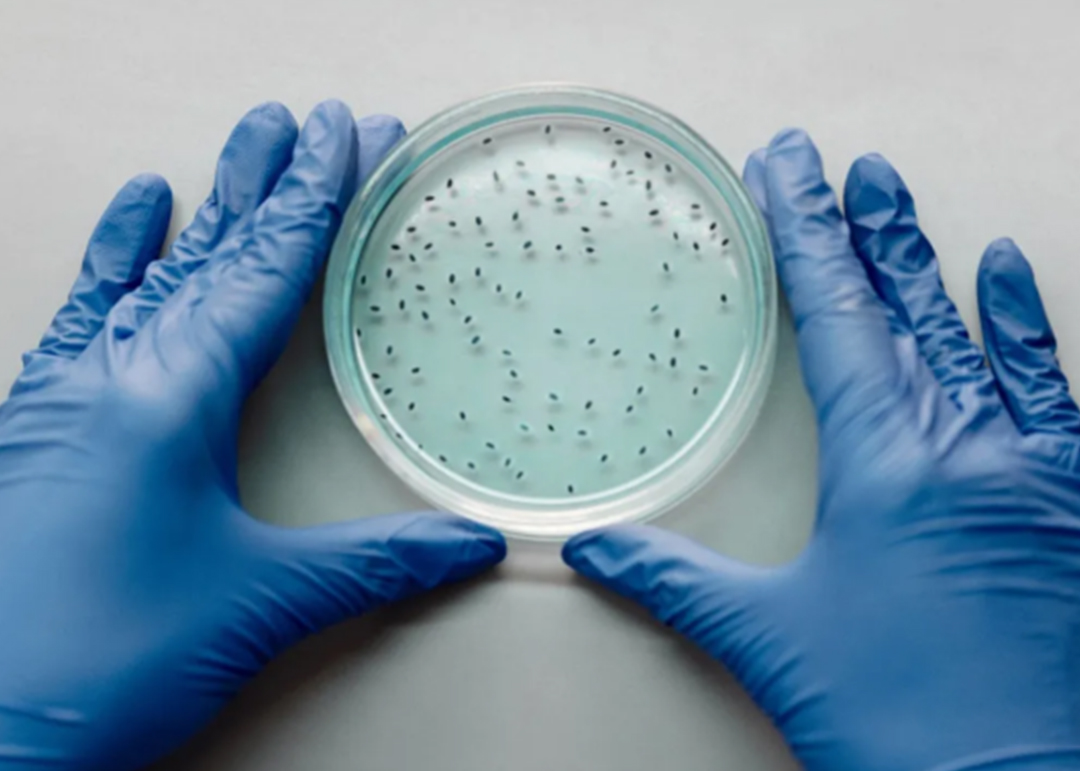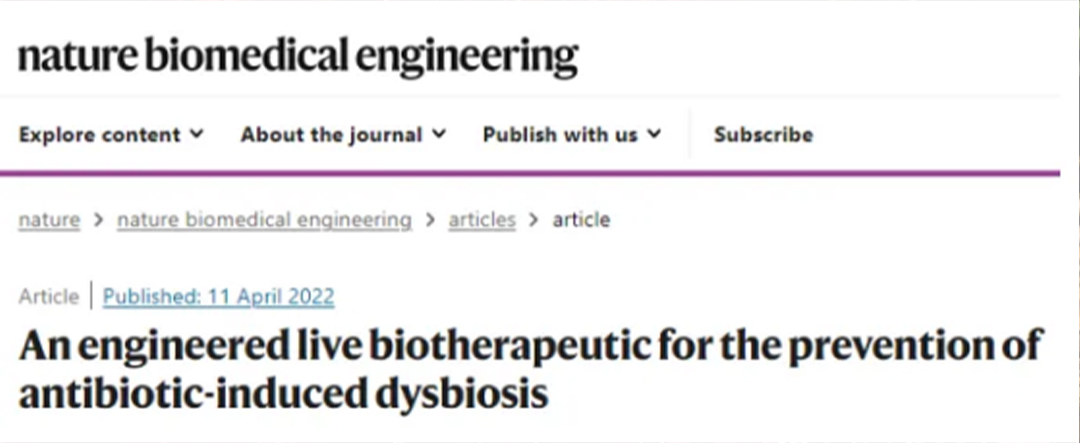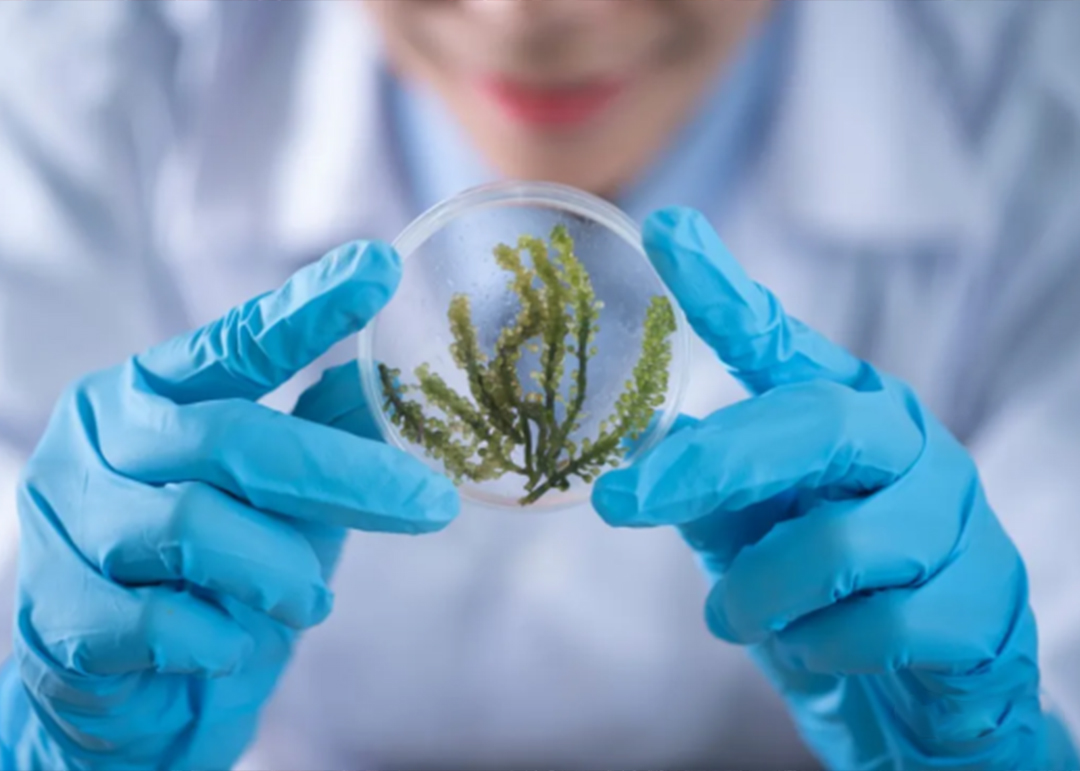- 475
- HENGLU NEWS
As one of the most important inventions in human history, antibiotics have saved countless lives from septicemia, tuberculosis, and other infectious diseases. Their development marked a crucial advancement in humanity's battle against microorganisms (bacteria, fungi, actinomycetes).
When antibiotics enter the human body, they indiscriminately target both harmful and beneficial bacteria, delivering a lethal blow to the beneficial microbes, especially those in the gut. How can we protect the gut microbiota from being disrupted by antibiotics? Scientists are exploring research and practices centered on the idea of “cultivating bacteria with bacteria.”

A study published in the journal Nature Biomedical Engineering investigated engineered bacteria that protect beneficial gut bacteria from antibiotic harm. This research involved collaboration between the Massachusetts Institute of Technology (MIT) and the Harvard Broad Institute. They genetically modified Lactococcus lactis (commonly used in cheese production) so that the strain could briefly proliferate in the human gut and secrete an enzyme—β-lactamase—that can break down antibiotics present in the intestines, thereby preserving gut microbiota while maintaining the efficacy of antibiotics.

Industry experts have pointed out that both strain engineering and gut microbiota transplants cannot prevent the potential introduction of harmful viruses during these processes, which could pose a secondary risk to the body.

In addition to the research and application of “cultivating bacteria with bacteria,” doctors often prescribe probiotics to patients. By increasing the overall quantity of beneficial bacteria, the impact of antibiotics on the body can be mitigated.
In recent years, with the ongoing research into HMOs (human milk oligosaccharides), it has been found that due to their bioactivity and specific effects, human milk oligosaccharides naturally serve as important prebiotics that are not digested or absorbed by the host but can selectively promote the metabolism and proliferation of beneficial bacteria in the body, ultimately improving host health.
Researchers have discovered that when human milk oligosaccharides enter the colon, they can promote the proliferation of beneficial bacteria, effectively improving the composition and activity of the microbiota, thereby maintaining gut health and significantly impacting overall physical and mental well-being.
A study from the journal Food & Function titled “Distinct fermentation of human milk oligosaccharides 3-Fucosyllactose and Lacto-N-trioseⅡ and GOS/inulin by infant gut microbiota and impact on adhesion of Lactobacillus plantarum WCFS1 to gut epithelial cells” noted that Lacto-N-trioseⅡ (a member of HMOs, also known as lactose-N-tetraose) enhances the adhesion of the symbiotic bacteria Lactobacillus plantarum (which has functions such as regulating gut microbiota and enhancing immunity) through various fermentation processes, as well as increasing the relative abundance of bifidobacteria (a natural disease-fighting factor beneficial to both infants and adults).

Research shows that Lacto-N-trioseⅡ increases short-chain fatty acid production in the human body and promotes the colonization of beneficial bacteria such as Bifidobacteria and Lactobacilli, thereby positively influencing gut microbial metabolism.
It has also been found that Lacto-N-trioseⅡ can inhibit the growth of pathogenic bacteria and play an active role in post-surgical recovery from cancer by effectively activating NK (natural killer) cells. It is believed that as research continues, more benefits and applications of Lacto-N-trioseⅡ will be discovered.



